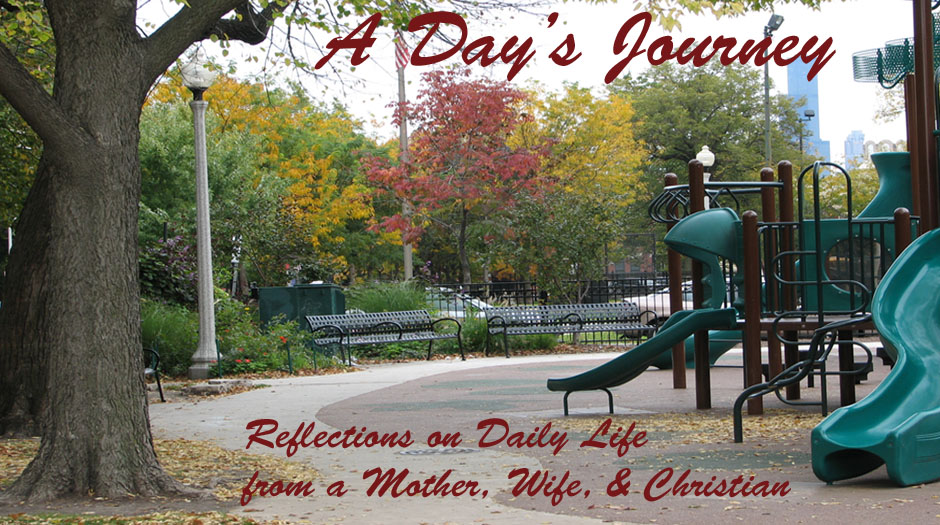I wrote this post a week ago but hesitated to publish it at the time because the news shared at liturgy was not "public" outside of two parishes. The situation is slightly different now, and so it is time for me to share these thoughts.
***********************************************************************************
It is late tonight. I've been home from Forgiveness Vespers for a couple of hours now. As I woke up this morning, I thought the day ahead would be one of forgiveness and a clean slate. But as I sit here growing tired, I find that today was not what I expected it to be.
***********************************************************************************
It is late tonight. I've been home from Forgiveness Vespers for a couple of hours now. As I woke up this morning, I thought the day ahead would be one of forgiveness and a clean slate. But as I sit here growing tired, I find that today was not what I expected it to be.
First, I heard a bit of bad news at the end of Liturgy today. We were informed that Bishop Matthias is being asked to step down. He was given until the end of the week to "decide" how to do it. That is why I'm not actually publishing this tonight. I don't want to overstep my authority, which is none, to make such an announcement. This news has put a bad taste in my mouth for a few reasons. The first of which is that during his leave of absence the Bishop has spent a fair bit of time at Holy Trinity. He has made the effort to get to know more of the parishioners. He has been kind and engaging with adults and kids alike. He has shown NO signs of unacceptable behavior. Follow this with the fact that he has done everything the Synod asked of him, including seeking treatment and submitting to a psychological evaluation to ensure that he's not a predator (and multiple parties have declared that he is not). I certainly only have secondhand information, so perhaps I'm mistaken about things. But it seems to me that he is now being unjustly persecuted for reasons that have nothing to do with the scandal that forced his leave of absence. Indeed, from what I've heard the scandal is a handy excuse being used by those who do not want to follow the Traditions of the church to remove a bishop who wants to uphold Church teachings and Tradition. The greatest irony of all of this is that the news that he will not be reinstated (dare I say it? that he will not be forgiven, despite his repentance and penance) comes to us on Forgiveness Sunday as we enter a period of repentance and forgiveness. I understand that some people may not like him, and have quarrels with him. I even had my own grudge for a time.
However, despite all of that, as Christians we are asked to forgive one another. Daily I pray, "...forgive us our trespasses as we forgive those who trespass against us..." This is certainly a hard prayer to pray. I'm not always the best at forgiving and moving on. I do hold grudges. And daily I am reminded how those grudges will hurt me in the end. Not only do they harm our relationships with each other, but they pose a great risk for our own salvation.
This past week has been a difficult one in our household. We've been working on implementing a new discipline technique. It started off great, but we've now hit the "pushing back hard to get a familiar reaction" stage. There have been times when I have not wanted to forgive my own daughters. In moments of frustration and anger, they have said things that hurt at the core of my being. Shortly after, they would return in a calmer mood and apologize, but I didn't want to hear it. It hurt, and I wasn't ready to forgive. I did genuinely forgive them this evening. Sadly, I know I'm going to have a few more occasions to forgive (or not forgive) them tomorrow, this week.
It can be hard to forgive, whether we're forgiving a stranger, a friend, our children, or a bishop. It is really hard to forgive someone who hurts, to let go of the hurt, to move on. It is REALLY hard for us. It is also really good for us. It is a necessary tool for rebuilding relationships with the people around us, and with God. He, of course, is waiting and ready to forgive us for everything, but He asks us to do the same.
I guess this is all to say that I go to bed a little sad tonight because we as a Church are falling short of the ideal for which Christ has asked us to strive. I know I shouldn't be surprised --we always fall short--, but I can't help hoping we'll hit the goal.
I pray that God may soften hard hearts, and that Bishop Matthias may be allowed to continue to shepherd His flock in the Midwest, for as St. John Chrysostom said, "Since the remembrance of wrongs is clearly contrary to love and harmful to it... Let us flee, brethren, the evil passion of remembering wrongs, lest it hinder our freedom of
access before God."
Please forgive me if I have offended you, and may God forgive us all.
***********************************************************************************
useful link
Please forgive me if I have offended you, and may God forgive us all.
***********************************************************************************
useful link
